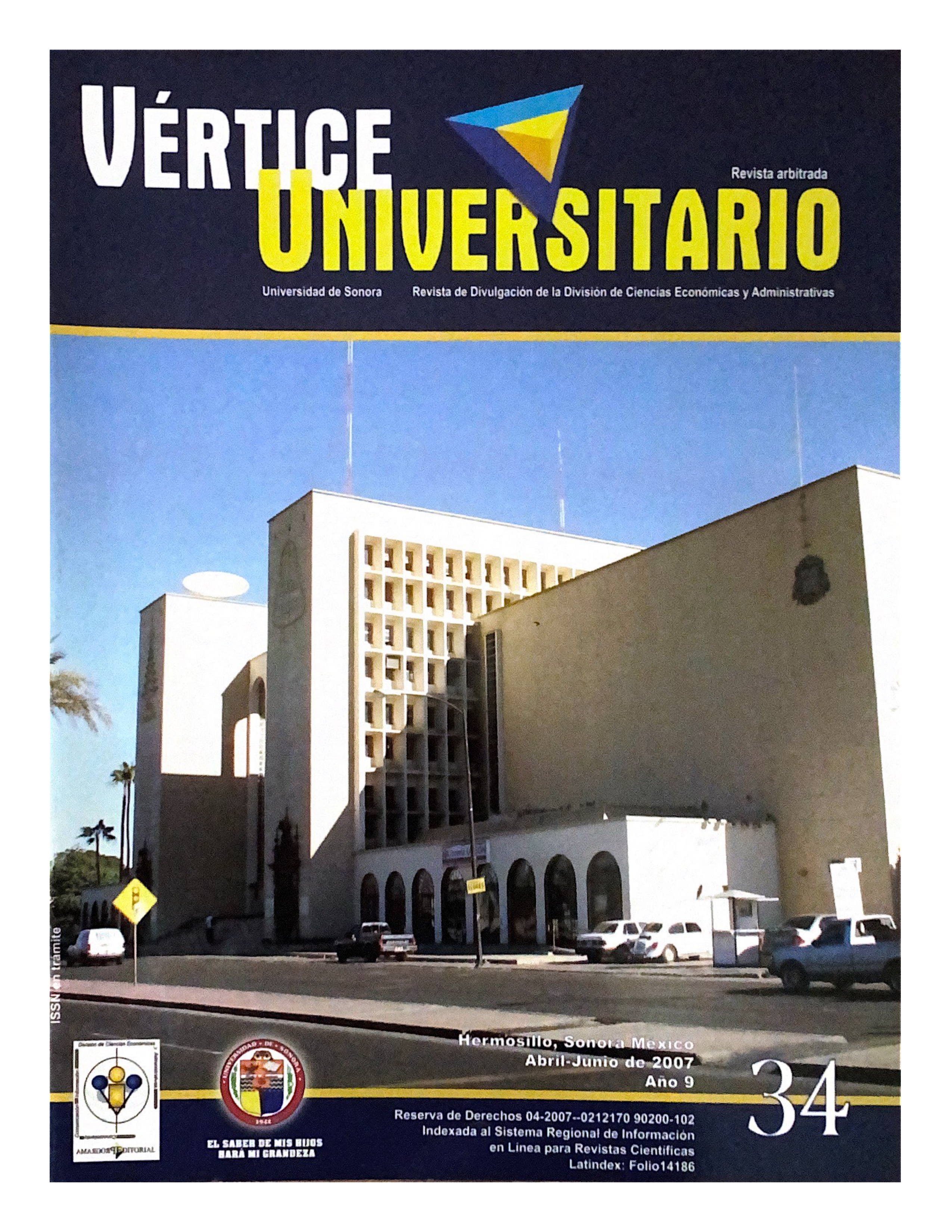STRATEGIC ALLIANCES: A COMPREHENSIVE MODEL TO STUDY THEIR SUCCESS
Keywords:
Strategic alliances, Strategy, Success, PerformanceAbstract
The field of study of the success of strategic alliances is generating a growing worldwide interest from many researchers who try to identify and explain the factors that determine such success. This research, however, is scattered, fragmented and lacks an accepted theoretical and conceptual framework that adequately explains the phenomenon of alliance success; often previous research only explains part of the subject of study. We, through an exhaustive review of the literature during the period 1985-2005, propose a comprehensive and eclectic conceptual model with the purpose of contributing to explain with greater precision the success of strategic alliances and that serves as a frame of reference for future qualitative and quantitative studies whose results allow us to advance in the understanding of this phenomenon and also contribute to improving the success rates of these.
Downloads
References
Adobor, H. (2005). ”Trust as Sensemaking the Microdynamics of Trust in Interfirm A liances”. Journal of Business Research, (3): 330-337. Ahuja, G. (2000). “Col aboration Networks, Structural Holes, and Innovation: A Longitudinal Study”. Administrative Science Quarterly, (3): 425-455. Albers, S., Koch, B. y Ruff, C. (2005). “Strategic Aliances Between Airlines and Airports – Theoretical Assessment and Practical Evidence”. Journal of Air Transport Management, (2): 49-58. Almeida P., Song J. Y. y Grant, R. M. (2002). “Are Firms Superior to Aliances and Markets? An Empirical Test of Cross-Border Knowledge Building”. Organization Science, (2): 147-161. Anand, B. N. y Khanna, T. (2000). “Do Firms Learn to Create Value? The case of Aliances”. Strategic Management Journal, (3): 295-315.
Published
How to Cite
Issue
Section
License
Copyright (c) 2024

This work is licensed under a Creative Commons Attribution-ShareAlike 4.0 International License.
The opinions expressed by the authors do not strictly reflect the position of the publisher of the publication. This work is under a CC Attribution-ShareAlike 4.0


















